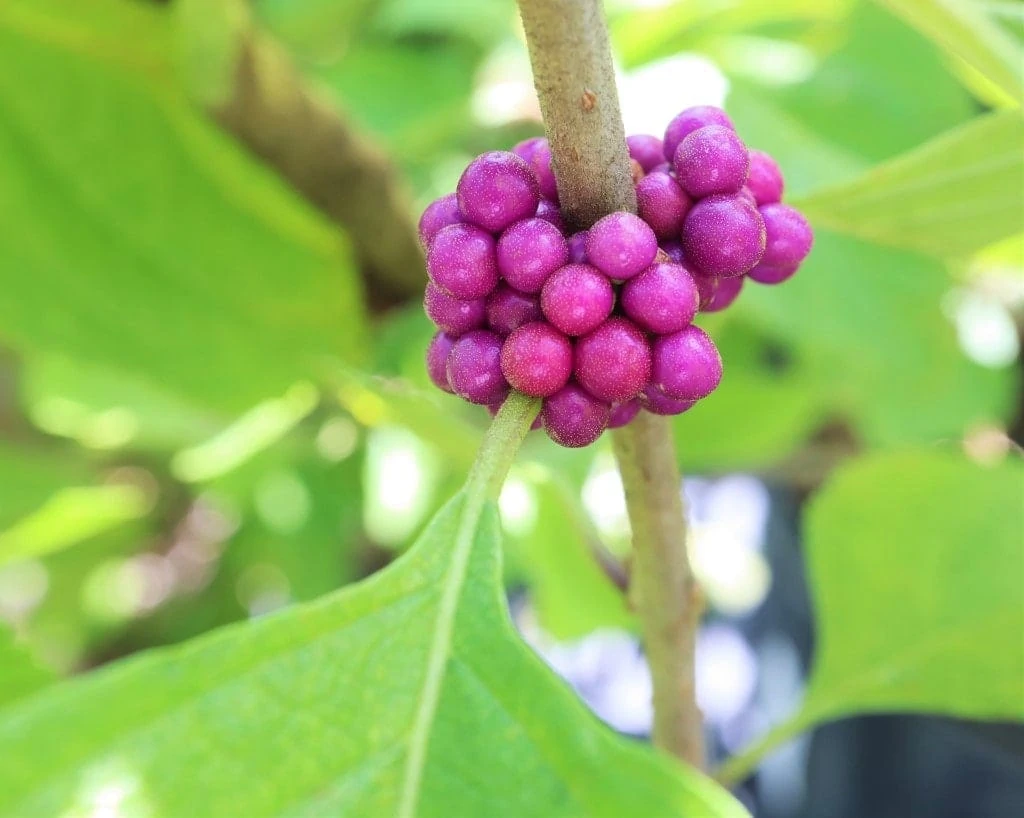by Amanda Rose Newton
Ethnobotany is the study of the interaction between plants and people including food, medicine, religion, shelter. Plants add rich value to culture and can provide insight into survival, healing, and preservation.

The indigenous wisdom of plants is woven into our society today, which is the topic of Robin Wall Kimmerer’s book Braiding Sweetgrass, our Boozy Botanical Book Club read of the month (find your copy locally from our friends at Hello Again Books!).
Inspired by her stories of plants offering knowledge to anyone willing to listen, this week’s blog focuses on several of the plants that have long been celebrated by Florida natives, many of which you may already have in your yard!
Live Oak
Quercus virginiana
The graceful longevity of oaks is a reminder that anything is possible. We often forget this and place unnecessary limits on ourselves, which kills our potential before it has a chance to materialize. The oak tree didn’t set a limit for how tall or how old it would live to be, it simply just chose to grow.
Ferns
Polypodiophyta
While understated and often hidden under larger vegetation, the fern has a knack for neutralizing common pollutants. In addition to their beautiful foliage, this accounts for their longtime appeal as a houseplant. Toxic thoughts and behavior are just as rampant as the environmental kind of pollutants, and we are great at sequestering them. Ferns remind us that instead of allowing these toxins to build up, we should find a way to neutralize their effects.
Passionflower
Passiflora incarnata
Is there anything showier than a passionflower? It’s impossible not to notice the striking alien-like bloom on our native purple maypop passion vine! All plants are focused on is just fulfilling their potential of growing, blooming, and fruiting. Imagine what we could accomplish if we spent more time focusing on what mattered most.
Beautyberry
Callicarpa americana
Beautyberries provide food, shelter, and understory structure to our native hammocks. The berries are edible by humans and birds, and the plant has had medicinal use for centuries.

Recent research shows beautyberry may help repel mosquitoes and the leaves even serve as an excellent toilet paper substitute in a pinch (not that I would know, of course). Creating and offering a valuable resource is ultimately one of the underlying points of our existence and plants like beautyberry serve as reminders of our purpose.
Air Plants
Tillandsia
Spanish Moss (Tillandsia usneoides), which is neither Spanish nor a moss (it’s actually a bromeliad!) needs very little to grow. It can survive hurricanes, extreme droughts, poor air quality, and low light. It’s minimal needs remind us that our needs are, in fact, minimal too and we tend to overcomplicate our lives by adding in items or feelings we think we need in order to be happy and successful. Next time you see Spanish moss cascading from an oak branch, ask yourself if you need to cross a few items off your “needs” list.
Back-to-School month is a great time to turn to nature’s teachers, and plants certainly have valuable lessons to share. Make sure you take the time to listen!


